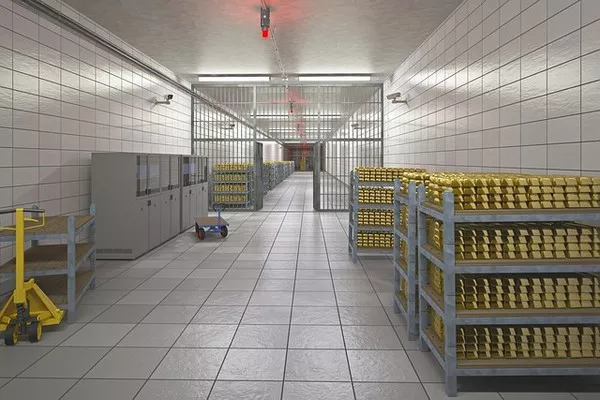Gold has been a cornerstone of financial markets for centuries, prized for its intrinsic value and as a hedge against economic uncertainty. In today’s complex financial landscape, investors and traders often turn to gold futures contracts as a way to gain exposure to this precious metal without needing to physically own it. A key aspect of trading gold futures is understanding the specifications of these contracts, including the precise amount of gold they represent.
Introduction to Gold Futures Contracts
Gold futures contracts are standardized agreements to buy or sell a specified amount of gold at a predetermined price on a future date. These contracts are traded on commodities exchanges such as the New York Mercantile Exchange (NYMEX) and the Chicago Mercantile Exchange (CME). Futures contracts serve as a vital tool for hedging against price fluctuations and speculating on future price movements.
Contract Specifications: How Much Gold is Traded?
The amount of gold represented by a single futures contract varies depending on the exchange and the specific contract. However, the most commonly traded gold futures contract, which serves as the benchmark for global gold prices, is the COMEX gold futures contract traded on the CME.
COMEX Gold Futures Contract
The COMEX gold futures contract trades under the ticker symbol GC. Each standard GC contract represents 100 troy ounces of gold. Troy ounces are the standard unit of measurement for precious metals and are slightly heavier than the avoirdupois ounces commonly used for everyday items.
Why 100 Troy Ounces?
The choice of 100 troy ounces as the standard contract size for gold futures is rooted in practicality and market convention. This amount strikes a balance between being large enough for institutional investors and being manageable for smaller traders. It also reflects the typical size of transactions in the gold market and ensures liquidity and efficiency in trading.
Understanding Troy Ounces vs. Avoirdupois Ounces
It’s important to note the difference between troy ounces and avoirdupois ounces. While avoirdupois ounces are commonly used for measuring weight in the United States and other countries, troy ounces are specifically used for weighing precious metals such as gold, silver, platinum, and palladium. One troy ounce is equivalent to approximately 31.1035 grams, whereas one avoirdupois ounce equals about 28.3495 grams.
Trading Gold Futures: Practical Considerations
Margin Requirements
Trading gold futures involves posting margin, which is a fraction of the total contract value. The margin requirements can vary based on market conditions and the exchange’s rules. Traders must maintain a minimum margin balance to keep their positions open.
Contract Expiration and Settlement
Gold futures contracts have expiration dates, typically falling within the current calendar year. Upon expiration, traders have several options: they can roll their position over to a future contract, offset their position by taking an opposite trade, or choose to take physical delivery of the gold.
Factors Affecting Gold Futures Prices
Several factors influence the price of gold futures contracts:
Supply and Demand Dynamics: Changes in global supply and demand for gold affect prices.
Macroeconomic Factors: Economic indicators, interest rates, inflation, and geopolitical events impact investor sentiment towards gold.
Currency Movements: Gold is priced in US dollars, so movements in currency exchange rates affect its price in other currencies.
Market Sentiment: Speculative trading and investor sentiment can lead to short-term price volatility.
The Role of Gold Futures in Investment Portfolios
Gold futures play a crucial role in diversified investment portfolios:
Portfolio Diversification: Gold’s low correlation with other asset classes can reduce overall portfolio risk.
Inflation Hedge: Historically, gold has acted as a hedge against inflation, preserving purchasing power during periods of rising prices.
Safe Haven Asset: During times of economic uncertainty or market volatility, gold often attracts safe haven demand, supporting its price.
See Also The 80% Rule in Futures Trading
Conclusion
Gold futures contracts are a vital tool for investors and traders seeking exposure to the precious metal. Understanding the specifications of these contracts, including the amount of gold they represent (100 troy ounces for the standard COMEX contract), is essential for effective participation in the gold market. Whether used for hedging, speculation, or portfolio diversification, gold futures offer flexibility and liquidity in navigating the dynamics of global financial markets.
As global economic conditions evolve, so too will the demand for gold futures contracts, reflecting their enduring role as a cornerstone of commodity trading. By grasping the fundamentals of these contracts, investors can harness the potential of gold to achieve their financial goals while managing risk in a dynamic market environment.
In conclusion, the 100 troy ounces in a COMEX gold futures contract symbolize not just a unit of measure, but a gateway to the world of commodities trading, where the allure of gold’s timeless value meets the complexities of modern finance.


